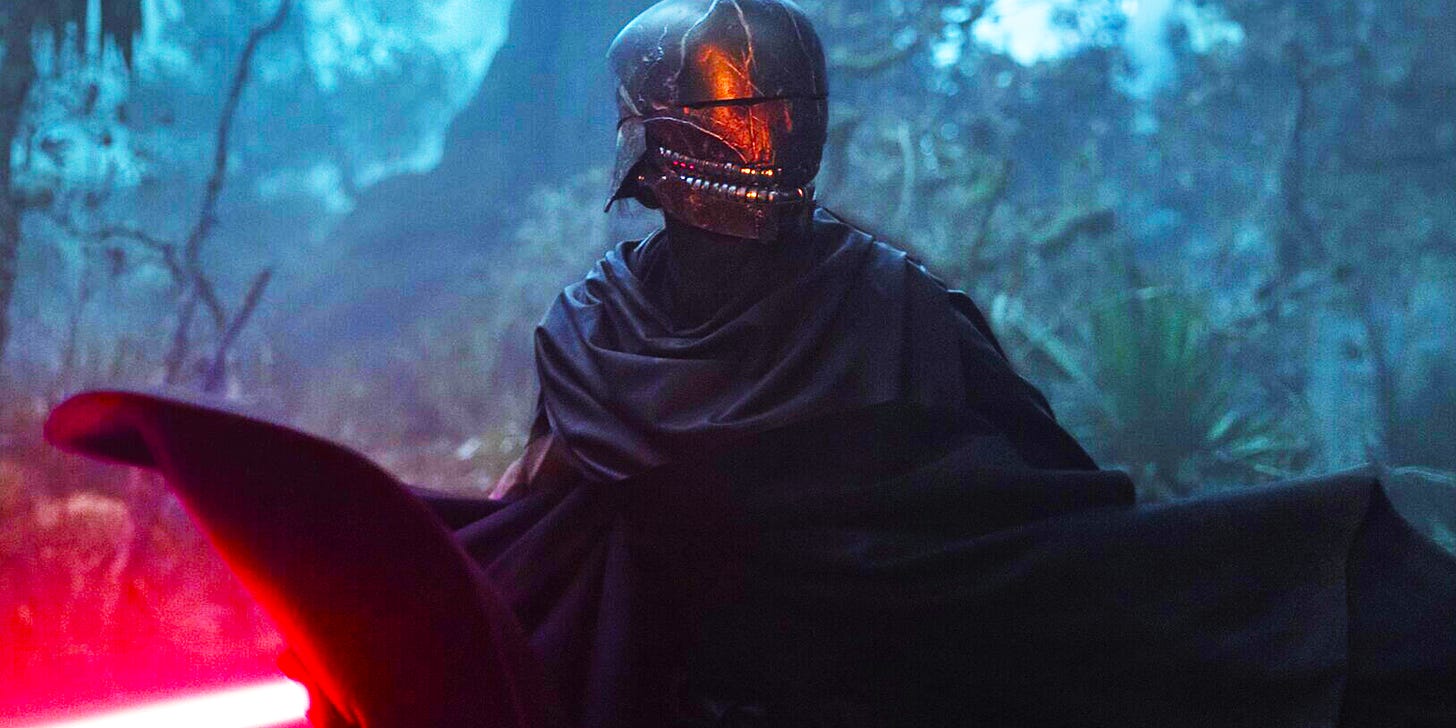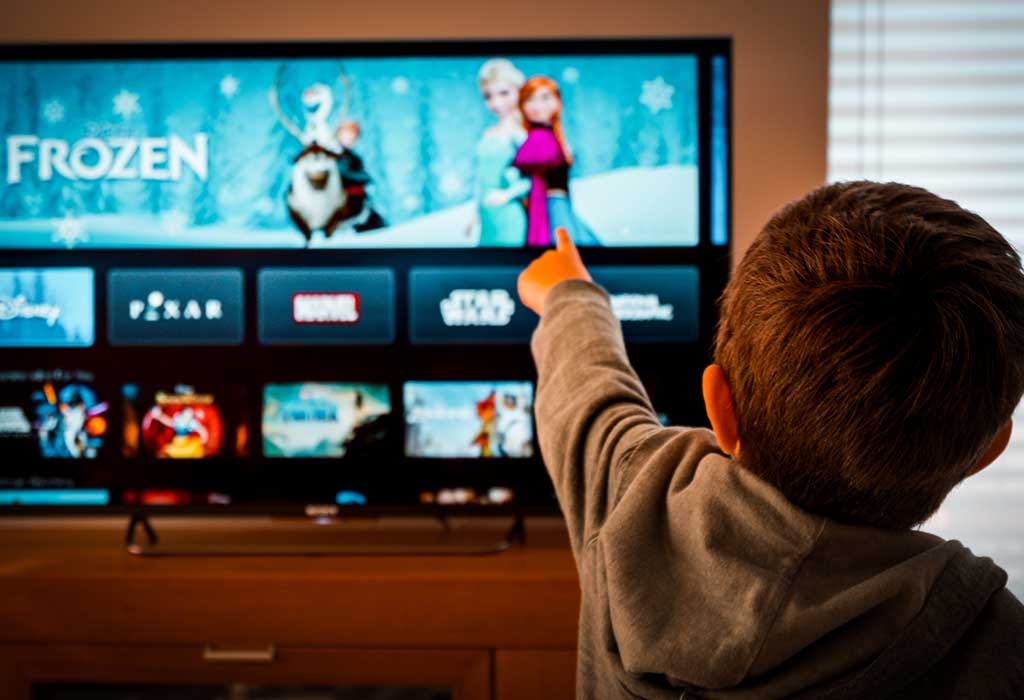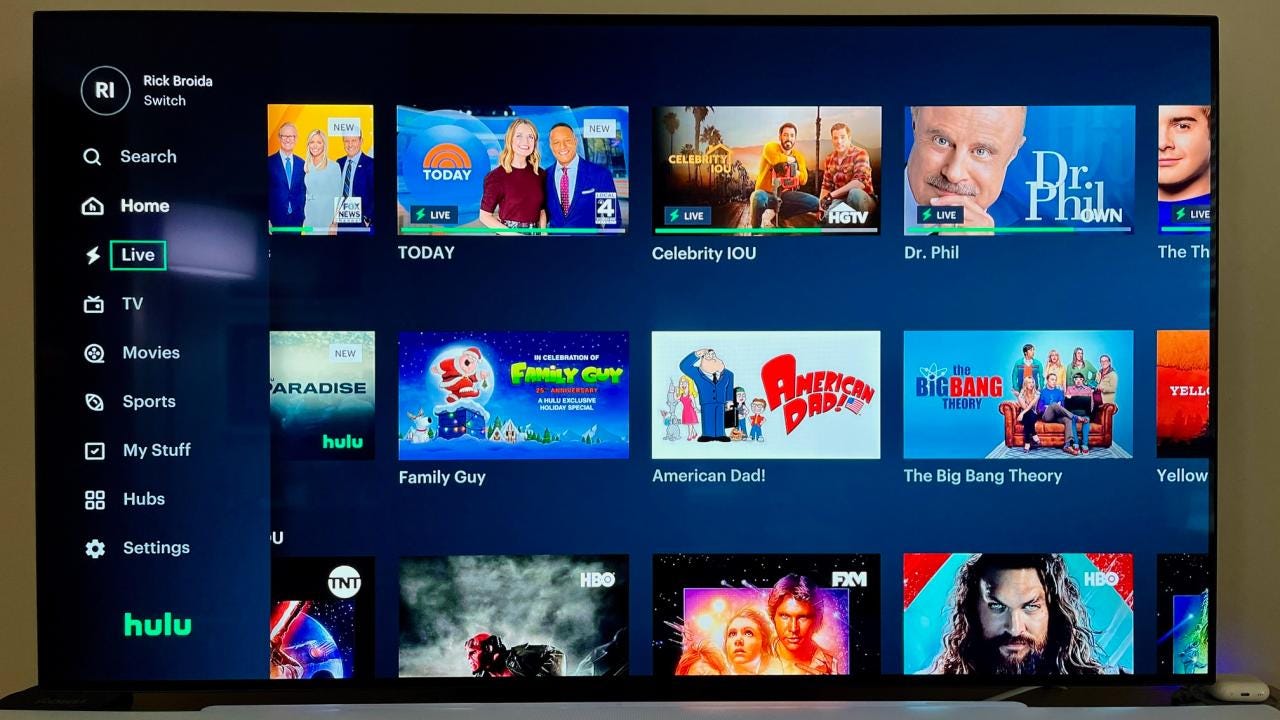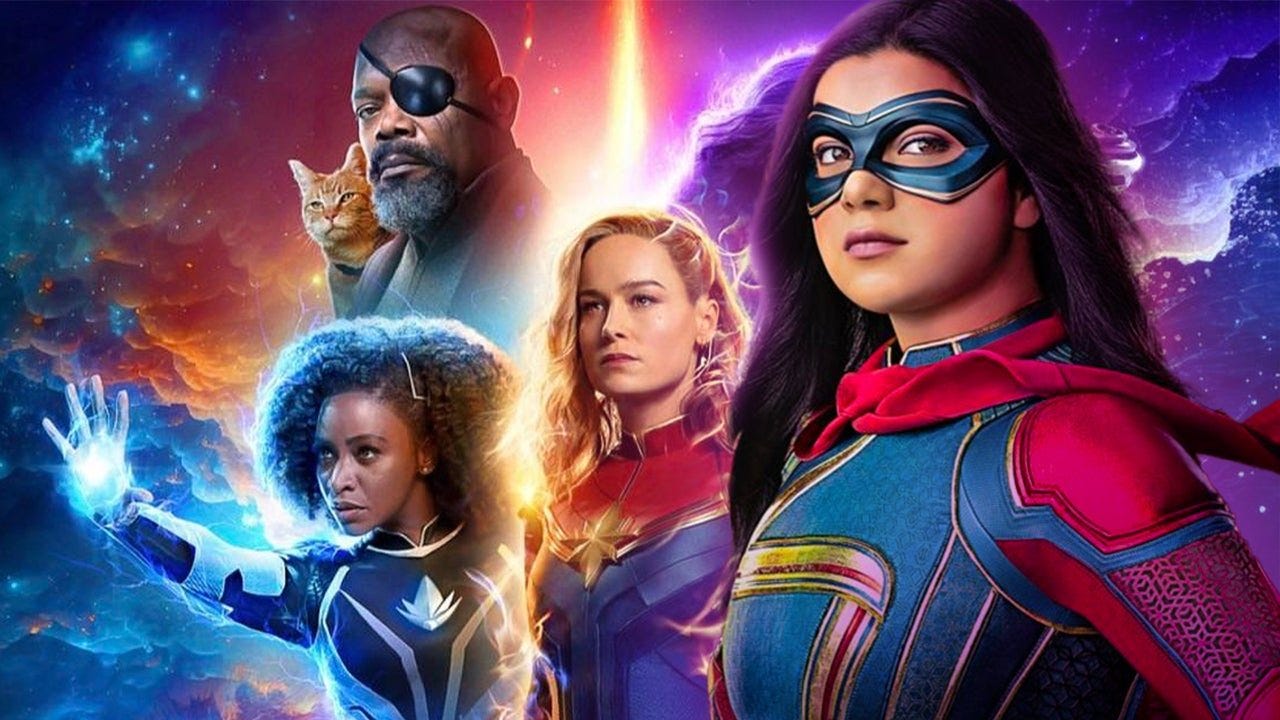Is Netflix or Disney Plus Better? Comparing Disney Plus to Netflix to Amazon Prime in 2025!
As streaming competition heats up in 2025, Netflix and Disney Plus remain two of the biggest players in the game. Here’s how they stack up on pricing, content, and value—plus which service might be the best fit for your household.
In the ever-evolving battlefield of streaming services, where your monthly budget feels like it's under siege from a horde of ad-supported tiers and premium bundles, the eternal question looms: Is Netflix or Disney Plus the superior choice for families and for value?
As we dive into 2025, with cord-cutting at an all-time high and Americans shelling out an average of around $42 a month on these digital distractions, it's time to pit these two titans against each other.
Netflix, the OG binge-machine that's been churning out hits since the DVD-by-mail days, versus Disney Plus, the family-friendly powerhouse backed by Mickey's endless vault of IP gold.
We'll break it down by metrics like subscriber counts and pricing, dissect their content libraries, weigh the pros and cons, and tackle a slew of those nagging People Also Ask questions that pop up when you're Googling late at night.
Spoiler: There's no one-size-fits-all winner—it depends on whether you're a solo adult chasing prestige dramas or a household full of kids demanding endless Marvel marathons.
But let's get into it, shall we?
Here’s the TL;DR…
Pricing Showdown: Netflix starts at $7.99/month with ads but jumps to $24.99 for premium ad-free; Disney Plus is $9.99 with ads or $15.99 ad-free, with bundles making it cheaper for multi-service users.
Content Libraries: Netflix boasts a massive, diverse catalog with over 6,000 titles in the US, heavy on originals and international fare; Disney Plus has a more focused library around 2,000-3,000 titles, dominated by family-friendly Disney, Marvel, Star Wars, Pixar, and Nat Geo content.
Subscriber Metrics: Netflix leads with about 300 million global subscribers (over 80 million in the USA), while Disney Plus trails at around 126 million globally (roughly 60 million in the USA), but it's growing fast thanks to bundles.
Pros and Cons Overview: Netflix shines for variety and constant new releases but can feel pricey and overwhelming; Disney Plus excels in quality family entertainment and value bundles but lacks breadth for non-fans.
Best For: Netflix if you want endless options and adult-oriented originals; Disney Plus for families, superhero buffs, or bundle savers. Neither is "better"—it depends on your viewing habits.
Other Comparisons: Amazon Prime Video edges in for Prime members at $8.99/month, but Netflix remains more popular overall; switching from Netflix to Disney Plus makes sense if you're Disney-obsessed but not for general viewers.
What Is the Best Streaming Service in the USA?
Ah, the million-dollar question—or more accurately, the $500-a-year question, based on average American spending habits.
In 2025, the streaming landscape is a crowded arena, with services like Netflix, Disney Plus, Amazon Prime Video, Hulu, Max, and Peacock all vying for your attention.
According to rankings from sites like CNET and Tom's Guide, there's no single "best" service; it boils down to what you value most.
Netflix often tops lists for its sheer volume of originals and user-friendly interface—think seamless recommendations that keep you hooked on shows like Stranger Things or The Crown.
It's got that addictive quality, with live events like WWE Raw adding a fresh twist.
Disney Plus, meanwhile, ranks high for families and franchise fans, thanks to its integration with Hulu and ESPN in bundles, making it a one-stop shop for everything from Bluey to Monday Night Football.
If we're talking pure popularity, Netflix still reigns supreme with over 300 million global subscribers, dwarfing Disney Plus's 126 million.
In the USA alone, Netflix has about 81 million users, compared to Disney Plus's estimated 60 million.
But bundles are changing the game: The Disney Bundle (Disney Plus, Hulu, and Max) starts at $16.99/month, offering more bang for your buck than standalone Netflix at $17.99 for ad-free.
Amazon Prime Video sneaks in as a strong contender too, especially if you're already a Prime member—it's essentially "free" with your $14.99/month Prime sub, and its library includes exclusives like The Boys and Reacher.
Ultimately, the "best" in 2025? For versatility, Netflix. For value and family appeal, Disney Plus. For overall ecosystem, maybe Amazon if you're shopping on their site anyway.
Surveys from Kantar show Netflix capturing the most new subscribers in Q1 2025, but Disney's growth is accelerating with sports integrations.
Is Disney Plus Worth Getting?
Absolutely, but with caveats.
In a world where streaming fatigue is real—folks are canceling left and right to save cash—Disney Plus stands out as one of the more "worth it" options, especially at $9.99/month for the ad-supported tier.
That's cheaper than a single movie ticket, and you get access to a treasure trove of timeless classics and hot new releases.
What makes it worthwhile? The content depth in specific niches.
If you're into Marvel (think Daredevil: Born Again or Ironheart), Star Wars (Andor season 2), or Pixar tearjerkers, it's a no-brainer.
Add in National Geographic docs for that educational edge, and it's not just kid stuff.
In 2025, Disney Plus has bulked up its adult-oriented lineup with shows like The Bear (via Hulu integration) and R-rated flicks like Deadpool & Wolverine.
Rotten Tomatoes lists gems like King of the Hill and upcoming Eyes of Wakanda as must-watches.
On the flip side, if you're not a Disney die-hard, the library might feel limited compared to Netflix's sprawling selection.
Extended waits for new episodes (many shows drop weekly, not all at once) can frustrate binge-watchers.
Still, with bundles starting at $10.99 for Disney Plus and Hulu, it's a steal—saving you up to 40% versus separate subs.
User reviews on Reddit and PanelPlace rave about it for Marvel/Star Wars fans, with many saying it's "definitely worth subscribing" if those franchises hook you.
For adults without kids? It's growing more appealing, but weigh it against your tastes.
How Much Is Disney Plus in the USA?
Straight to the wallet impact: As of mid-2025, Disney Plus pricing in the USA has seen a bump, but it remains competitive.
The Basic plan (with ads) is $9.99 per month, up from $7.99 pre-2025 hikes.
Go ad-free with the Premium plan at $15.99/month or $159.99/year (that's about $13.33/month annualized, a solid saving if you're committed).
Bundles sweeten the deal: The Duo Basic (Disney Plus and Hulu with ads) is $10.99/month, while Duo Premium (ad-free) hits $19.99.
Throw in ESPN Plus for the Trio Basic at $16.99 or Trio Premium at $26.99.
If you're eyeing Max too, the Disney Plus/Hulu/Max bundle starts at $16.99 with ads.
Extra members? That's $6.99/month for ad-supported or $9.99 for premium, similar to Netflix's approach.
Compared to launch prices, it's pricier, but the value holds up with 4K streaming, up to four simultaneous streams, and offline downloads on Premium.
No annual option for Basic, though—that's Premium only.
What Is the Best TV Subscription?
If by "TV subscription" you mean the top streaming pick for TV-like viewing, it's a toss-up between live TV services and on-demand giants.
For pure on-demand, Netflix edges out with its endless series rotation, but for a more traditional TV feel, Hulu + Live TV or YouTube TV rank higher in Engadget and Tom's Guide reviews.
Hulu + Live TV, at $76.99/month, gives you 95+ channels, unlimited DVR, and on-demand library—perfect if you miss cable.
YouTube TV, at $72.99, offers similar with better sports coverage.
But if you're sticking to on-demand, Netflix's $17.99 ad-free plan delivers premium TV vibes with hits like Bridgerton and Wednesday.
Disney Plus? Great for scripted TV in its niches, but not as broad.
In 2025 rankings from AARP and Diverse Tech Geek, Netflix and Amazon Prime Video top global popularity, but for USA-specific "TV" feel, bundles like Disney's Trio win for integrating live sports via ESPN.
How Much Is Netflix per Month?
Netflix ain't cheap anymore, folks.
Post-2025 price hikes, the tiers break down like this:
Standard with Ads at $7.99/month (up from $6.99)
Standard ad-free at $17.99 (from $15.49)
Premium at $24.99 (from $22.99)
Extra members add $6.99-$8.99 each, depending on ads.
That Premium tier gets you 4K, four streams, and spatial audio—worth it for big households.
No annual plans, just monthly flexibility.
Compared to Disney Plus's $15.99 ad-free, Netflix feels steeper, but its content volume justifies it for many.
Is Amazon Prime Better Than Netflix?
Depends on what you want.
Amazon Prime Video has one huge advantage: If you already pay for Amazon Prime’s $14.99/month membership, it’s included—making it feel “free” even though you’re technically paying for it.
Standalone, it’s $8.99/month.
Prime’s library is massive (over 26,000 titles globally) but cluttered with rentals and purchases that aren’t part of the subscription.
Netflix’s library is cleaner—over 6,000 US titles, all included in your sub—but smaller in raw numbers.
In terms of originals, Netflix dominates with global hits like Squid Game, Wednesday, and The Witcher.
Amazon has prestige players like The Boys, The Lord of the Rings: The Rings of Power, and Reacher, plus the upcoming Fallout series.
Prime also streams Thursday Night Football and offers a lot more international films.
If you’re into sports and shopping perks, Prime wins.
If you want the most consistent pipeline of buzzy shows, Netflix still edges ahead.
Who Has More Subscribers: Netflix or Disney Plus?
No contest—Netflix still wears the crown.
As of mid-2025:
Netflix: Around 300 million global subscribers, including over 81 million in the USA.
Disney Plus: About 126 million globally, with roughly 60 million in the USA.
Disney Plus’s growth is fueled by bundles (Hulu, ESPN Plus, and now even Max in some offers).
Netflix’s growth has slowed in mature markets like the USA but is surging in Asia and Africa, thanks to mobile-only plans and more non-English content.
Both platforms are expanding ad-supported tiers, which analysts say could drive the next big subscriber bump.
Is It Worth Switching from Netflix to Disney Plus?
If you’re a hardcore Disney, Marvel, or Star Wars fan—or you have kids—the answer might be yes, at least temporarily.
Disney Plus is cheaper, especially with bundles, and its content is laser-focused.
For example: The Mandalorian, Ahsoka, Loki, The Bear, and the full Pixar library are all in one place.
But if you like variety, especially adult dramas, comedies, and international content, Netflix is harder to replace.
Many people are now “cycling” subscriptions—pausing Netflix for a few months while binging Disney Plus, then swapping back.
It’s an easy way to save money and avoid paying for both at once.
Pros and Cons: Netflix vs. Disney Plus
Netflix Pros:
Massive, varied library
Constant new releases
Global content diversity
Strong recommendation algorithm
Netflix Cons:
Most expensive major streamer
Constant content turnover (your favorite show might vanish)
Ads now in cheaper tiers
Disney Plus Pros:
Perfect for families and franchise fans
Cheaper bundles with Hulu/ESPN/Max
High-quality, recognizable brands
Disney Plus Cons:
Smaller, more niche library
Less content for non-franchise fans
Weekly episode drops can frustrate bingers
Final Verdict
There’s no absolute winner here—it comes down to your viewing habits.
Netflix is still the go-to for sheer volume, variety, and must-watch originals.
Disney Plus is unbeatable for families and fans of its iconic IPs, with bundles offering huge value.
In 2025, many viewers are keeping both… but rotating subscriptions is becoming the smart play.
If money’s tight, pick the one that matches your current mood—stream, binge, pause, swap.
Sources:
CNET: Streaming service rankings 2025
Tom’s Guide: Best streaming services in the USA
Kantar: Q1 2025 subscription trends
Variety: Netflix subscriber numbers Q2 2025
Deadline: Disney Plus bundle updates
Engadget: Live TV vs. on-demand service comparison
Compiled and edited by Ivy Adams for Pirates & Princesses.










